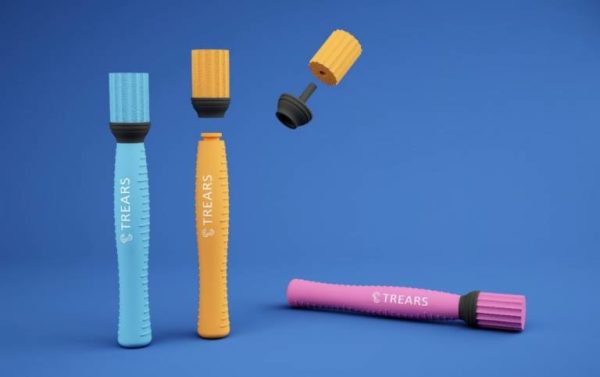A new test demonstrates that cortisol, a stress hormone, can be measured from your earwax. This test could revolutionise the diagnosis and care for millions of people with stress or depression-related mental illnesses, scientists say.
The test, which can be administered at home without clinical supervision, could potentially be used to measure glucose or COVID-19 antibodies that accumulate in earwax, say the researchers, according to The Guardian.
Cortisol is also known as the ‘flight or fight’ hormone and when it sends alarm signals to the brain in response to stress, it can affect nearly every system in the body, including digestion, sleep and the immune system, according to a BBC report.
However, cortisol’s role in mental disorders such as anxiety and depression is not fully understood, therefore, the researchers sought to understand what raised or lowered levels of the hormone might indicate and eventually establish an ‘objective biological measure’ for psychiatric conditions.
“Currently, mental health diagnosis is largely subjective, so this could provide professionals with an additional tool to help make their assessments more accurate,” said the BBC.
Other methods of measuring chronic cortisol levels, such as using hair samples, are costly and less effective than the earwax test, according to the researchers.
Blood, urine and saliva tests can also be used to measure cortisol but these samples only provide a snapshot of the levels rather than chronic cortisol levels, according to Dr Andres Herane-Vives from the University College London’s Institute of Cognitive Neuroscience, the lead researcher on the study, which was published in the journal Heliyon.
“Cortisol sampling is notoriously difficult, as levels of the hormone can fluctuate, so a sample might not be an accurate reflection of a person’s chronic cortisol levels. Moreover, sampling methods themselves can induce stress and influence the results,” said Herane-Vives.
“But the cortisol levels in earwax appear to be more stable, and with our new device, it’s easy to take a sample and get it tested quickly, cheaply and effectively.”
Herane-Vives was inspired by another natural wax — the honeycomb produced by bees — when developing the device, as honeycomb is known to be well-preserved and resistant to bacterial contamination, according to The Independent.
The earwax sampling device resembles a cotton earbud but it has a brake that prevents it from penetrating the ear too deeply and causing damage. The tip of the device is covered with a sponge of organic material that is coated in a solution that had been tested and proves to be the best at taking samples.


Exactly 37 people participated in the pilot study, which was conducted by a team of researchers from the UK, Chile and Germany. The study compared different cortisol sampling techniques and the researchers also compared hair and blood samples from the same participants.
Earwax was found to be the most effective sample because it yielded more cortisol than hair samples, and the ear-swabbing technique was the quickest and potentially cheapest method.
The research team are also looking into whether the device could be used to measure glucose levels from earwax samples — to detect diabetes — and potentially even COVID-19 antibodies.
The Independent reports that Herane-Vives is establishing a company, called Trears, to bring his earwax sampling device to the market.
“After this successful pilot study, if our device holds up to further scrutiny in larger trials, we hope to transform diagnostics and care for millions of people with depression or cortisol-related conditions such as Addison’s disease and Cushing syndrome, and potentially numerous other conditions,” he said.
Picture: Wikimedia Commons

